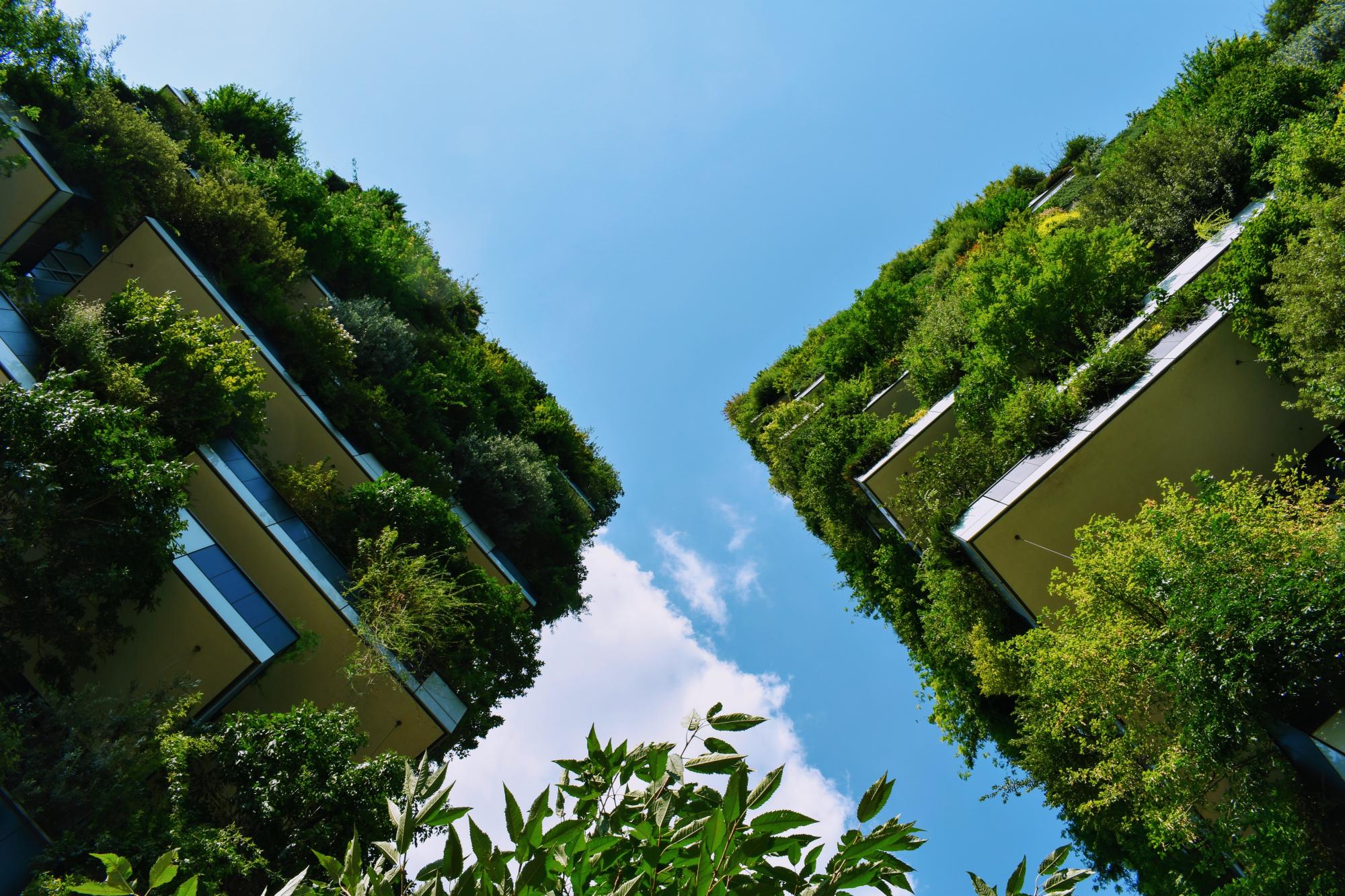The first stage of the investment: Building an urban park in the city area where there is a lack of green recreational spaces for the citizens. The park is to be built on the undeveloped ground. The initiative involves cleaning the area, planting greenery, purification and regulation of the watercourse Warszowiec and building stone stream edges, building the bike and running paths, 2 playgrounds for various age groups, open-air gym, and a multifunctional field for basketball, volleyball, tennis and table tennis (planned). The project is supplemented with the so-called small architecture including benches, rubbish bins, bicycle racks, tables and bowers [1,2]. The second stage: executing the planned multifunctional sports field and building a so-called physical activity square with a wooden platform, wooden pergola by the stream. A fence around the playground is built and new lighting and monitoring systems introduced. The second stage assumes management and maintenance of the green areas too [5,6].
Overview
Nature-based solution
- Grey infrastructure featuring greens
- Green playgrounds and school grounds
- Parks and urban forests
- Large urban parks or forests
- Blue infrastructure
- Rivers/streams/canals/estuaries
Key challenges
- Green space, habitats and biodiversity (SDG 15)
- Green space creation and/or management
- Regeneration, land-use and urban development
- Regulation of built environment
- Inclusive and effective governance (SDG 16)
- Effective management
- Health and well-being (SDG 3)
- Enabling opportunities for physical activity
- Improving mental health
- Improving physical health
- Creation of opportunities for recreation
Focus
Project objectives
Implementation activities
Main beneficiaries
- Citizens or community groups
Governance
Management set-up
- Co-governance with government and non-government actors
Type of initiating organisation
- Local government/municipality
- Citizens or community group
Participatory approaches/ community involvement
- Co-planning (e.g. stakeholder workshops, focus groups, participatory mapping)
- Crowd-sourcing/Crowd-funding/Participatory budget
- Consultation (e.g. workshop, surveys, community meetings, town halls)
Details on the roles of the organisations involved in the project
Project implemented in response to ...
Financing
Total cost
Source(s) of funding
- Public local authority budget
Type of funding
- Earmarked public budget
Non-financial contribution
Impacts and Monitoring
Environmental impacts
- Water management and blue areas
- Improved water quality
- Green space and habitat
- Restoration of derelict areas
Economic impacts
- Unknown
Socio-cultural impacts
- Safety
- Increased perception of safety
- Social justice and cohesion
- Improved liveability
- Increased opportunities for social interaction
- Increased involvement of locals in the management of green spaces
- Health and wellbeing
- Gain in activities for recreation and exercise
Type of reported impacts
Presence of formal monitoring system
Presence of indicators used in reporting
Presence of monitoring/ evaluation reports
Availability of a web-based monitoring tool
References
2. Project's official web page, Source link Last accessed July 8 2020
3. Project's offical facebook page Source link Last accessed July 8 2020
4. Rules for submitting applications to the Szczecin citizens budget 2016' (‘Zasady składania wniosków do szczecińskiego budżetu obywatelskiego 2016’), Source link Last accessed July 8 2020
5. Wiadomości Szczecin. (2020). Park na Warszewie ukończony (The park by Warszewo is finished). Wiadomości Szczecin website. Available at: Source link (Accessed: 08 July 2020).
6. Palachowska, S. (2020). Budowa drugiego etapu parku na Warszewie na ukończeniu. Park na Warszewie się rozbudowuje. To efekt budżetu obywatelskiego (The second stage of building of the park by Warszewo is going toward the end. The park by Warszewo is growing in size. It is the effect of the civic budget). Głos Szczeciński. Available at: Source link (Accessed: 08 July 2020).


